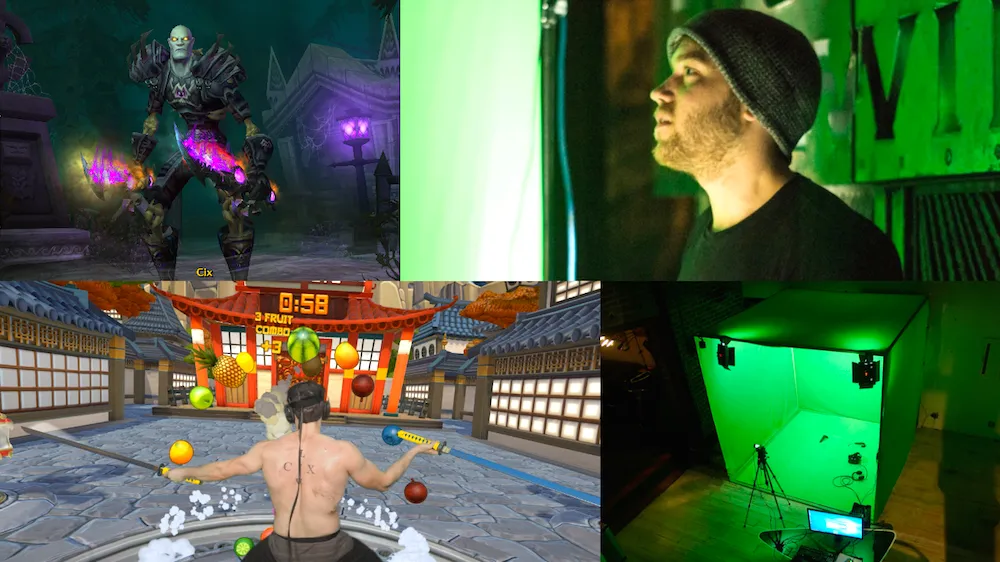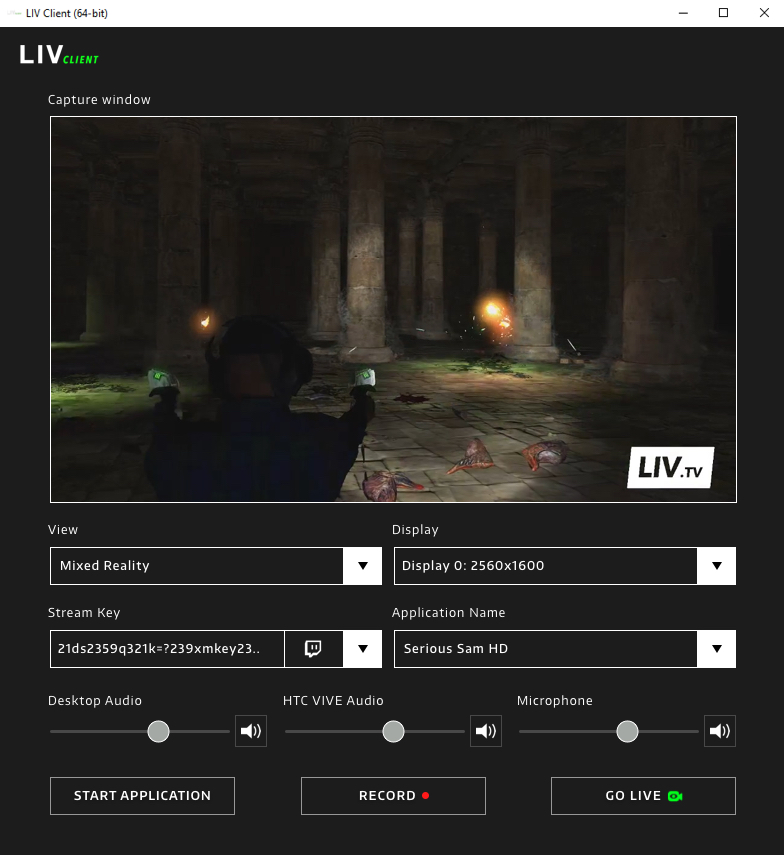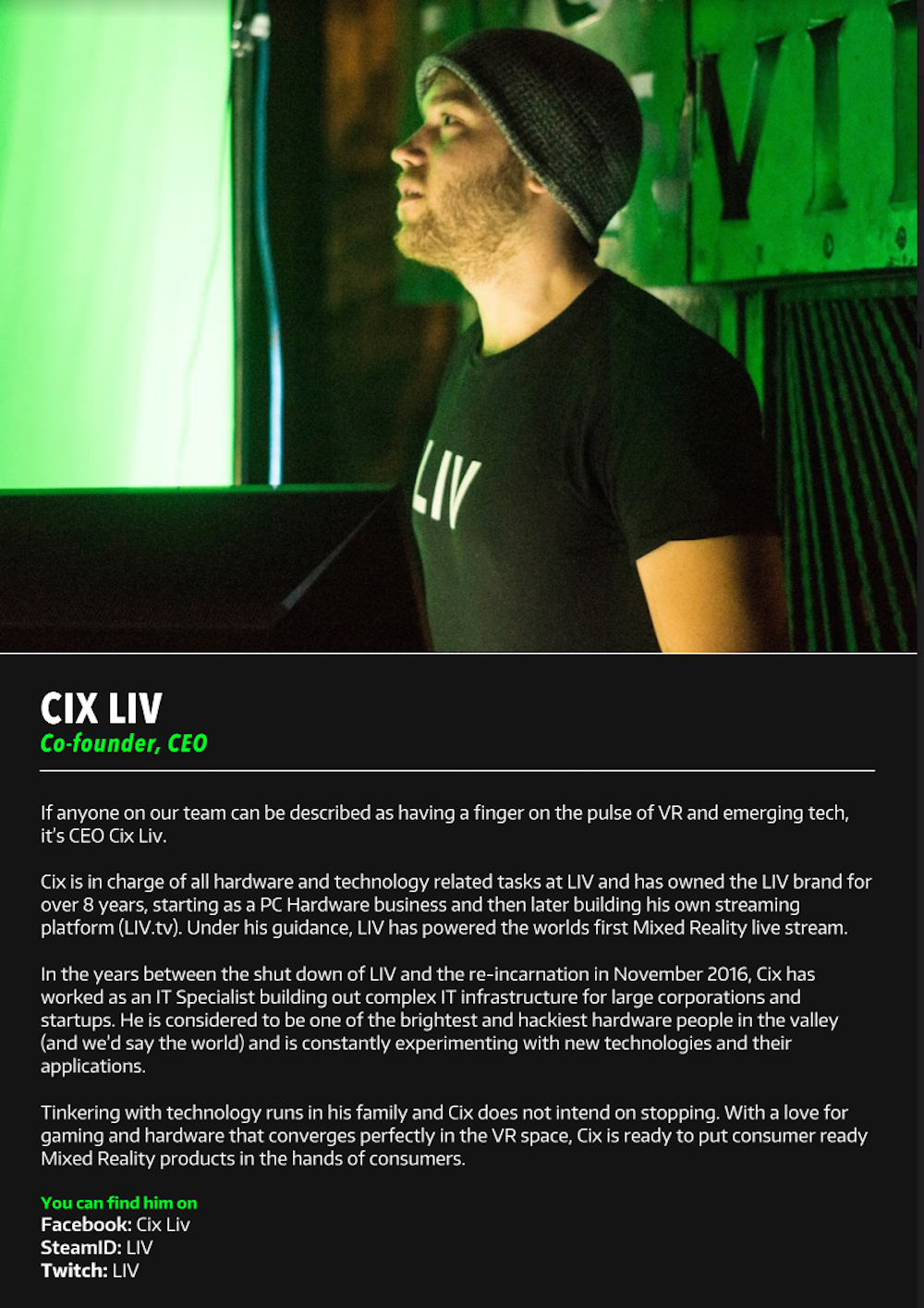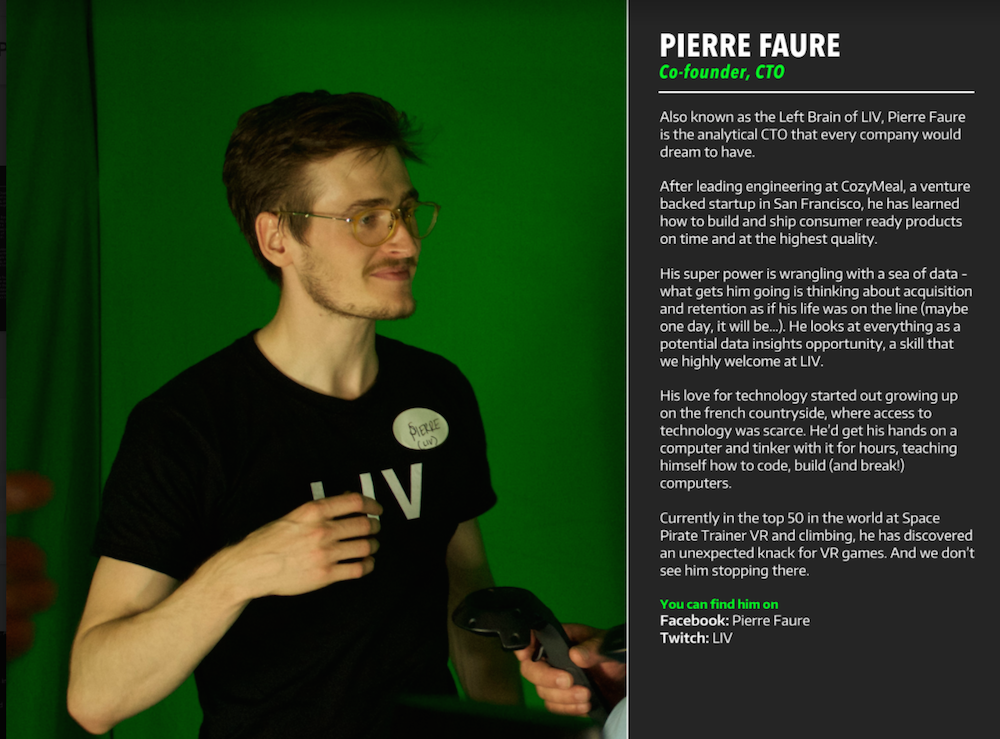Several years ago, in a warm Los Angeles court room a young man stood with his hand on a bible. His right hand was raised and his mouth was repeating a solemn oath. Once he was finished speaking, his name would be officially changed. He walked into the court [real name redacted] but would leave freer, fresher and more focused with his brand new identity: Cix Liv.
A few months before that fateful day in court, Liv had his identity stolen. Financial institutions told him in no uncertain terms that he had one of two choices: freeze all of his accounts while they sort out the problems, or get a new identity. This second option was likely more of a joke than anything else, but Liv took it to heart. He decided to use this theft as a chance to reinvent himself, a chance to forge that identity he wanted not the one anyone else had chosen for him. Liv knew exactly where to find this new identity. He had been keeping it for years now in a world separate from our own — World of Warcraft.

Cix was originally the name of a character from the immensely popular MMORPG World of Warcraft. Here was an identity that Liv had been pouring hours of time, intent and skill into for years. Cix was not a random name bestowed by well meaning parents. Nor did it carry a lifetime’s worth of memories and experiences, not all of them wonderful. Cix represented everything Liv wanted from his new persona: freedom, individuality and, most importantly, a personality that would guide his life in the real world going forward.

As we chat at the Upload offices in San Francisco, Liv explains to me how the rebranding of his life connects to his current work in virtual reality.
Originally from Minnesota, Liv reflects that “I always told my friends one day I would just get in my car, drive to San Francisco and start a company. Three years ago I pulled that trigger.”
Even before he changed his name “LIV was always a brand I was building since my early teens.” Today, the young company currently consists of Liv and his fellow co-founders: Pierre Faure (CTO) and AJ Shewki (CMO). Their team may be small but their goals are anything but. In this gold rush era of relatively cheap and easier to produce VR content, LIV has decided it is going to delve into the vastly more complex and expensive world of VR hardware. Their goal is to create “a full stack, deployable content creation platform consisting of custom hardware and software with one goal: to make Mixed Reality accessible to the masses.”
Mixed Reality is a term still in the process of being fully defined and contextualized. As the immersive industry grows and changes, the definition of MR will likely do the same. Today, MR is most often associated with the complicated process by which real life people can be overlayed into the digital world in order to create powerful visual representation of how a VR experience works.
For example, take a look at this video for Fruit Ninja VR:
It’s not bad by any means and it does what most VR videos do nowadays: shows you a first person perspective and highlights hand interactions as best it can.
Now take a look at this gif of the same game created using Liv’s unique MR platform.
[gfycat data_id=”EmotionalCoordinatedHairstreak”]
By showing you a real human in action, digital situations can be understood and explained much more easily to those outside. MR is a powerful tool for the demonstration of VR, the problem is it’s very technical, very expensive and very specialized. Only a few studios in the world can pull something like what you saw above. LIV wants to change that. The team has created a simple, repeatable, portable MR studio that can be set up and deployed by just about anyone. It is named Cube.
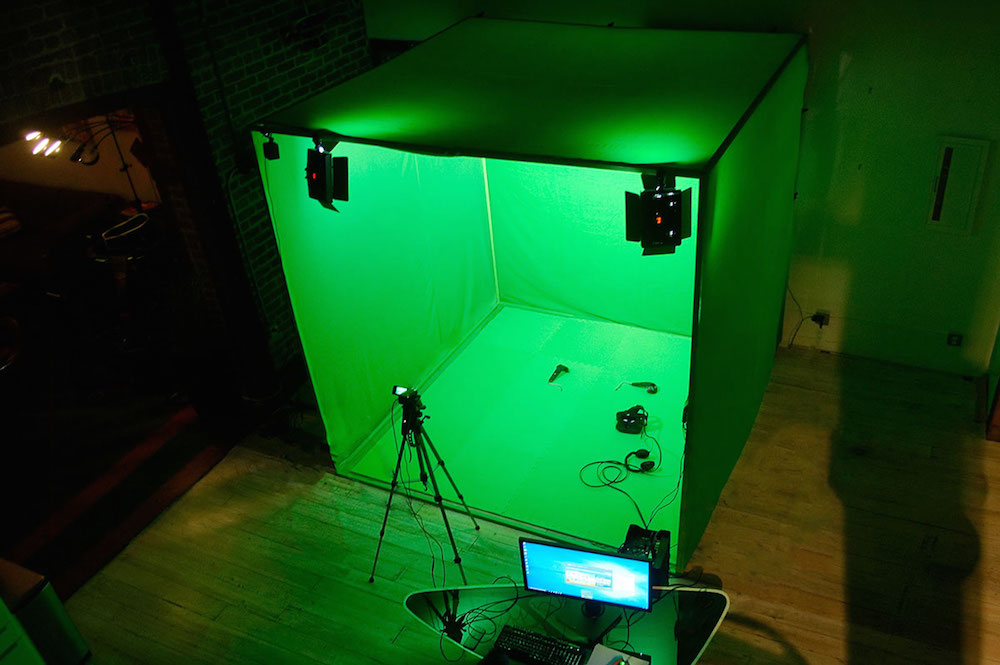
LIV Cube is a “modular, seamless green screen designed from the ground up to capture studio quality Mixed Reality and experience room-scale Virtual Reality.” It measures 8x8x8 feet with a custom aluminum frame and weighs just 27 pounds. The entire thing can be set up in under an hour.
It takes more than a green screen to make MR run, however, and so joining LIV Cube on the front lines of mass-market MR is LIV Box and LIV Client. LIV Box is a custom-built computer designed by Liv himself. It is described by the company as a “future proofed, custom, hand assembled PC hardware pre-calibrated and configured to run the latest in VR experiences.”
The final piece of the puzzle is LIV Client. This is “software built to remove the incredibly complicated task of calibrating virtual cameras and capturing software to successfully run, record and live stream Mixed Reality.”
It’s not terribly difficult to set up a green screen or find a powerful computer if you know what you’r doing and are willing to commit time, money and patience to the task. What is complicated, often prohibitively so, is making sure MR works flawlessly every time. There is an insane amount of minute calibrations necessary to pull of a proper MR experience and for those without months of experience it’s simply too difficult to even attempt.
LIV Client, therefore, is the most valuable component of the entire LIV platform. With just a few clicks you can record reliable MR video or stream it to a live audience.
All together, the LIV system has the potential to revolutionize the way studios and corporations explain and demo their software to the world. Pre-orders for the LIV MR platform are beginning on March 30 and with a goal to begin the shipments in July.
Cix Liv changed his name in an attempt to seize control of his own identity in a world that wanted to define who he was. Now, he sees VR as a place where the rest of the world can do the same.
As he puts it, “in the digital world you choose your own identity and people don’t realize how powerful that is.”
Hopefully, with tech like this, they will soon.
Disclaimer: Cix Liv rents a floating desk at the Upload SF co-working space. His standing as a paying member had no influence on this article’s inception or its content.

